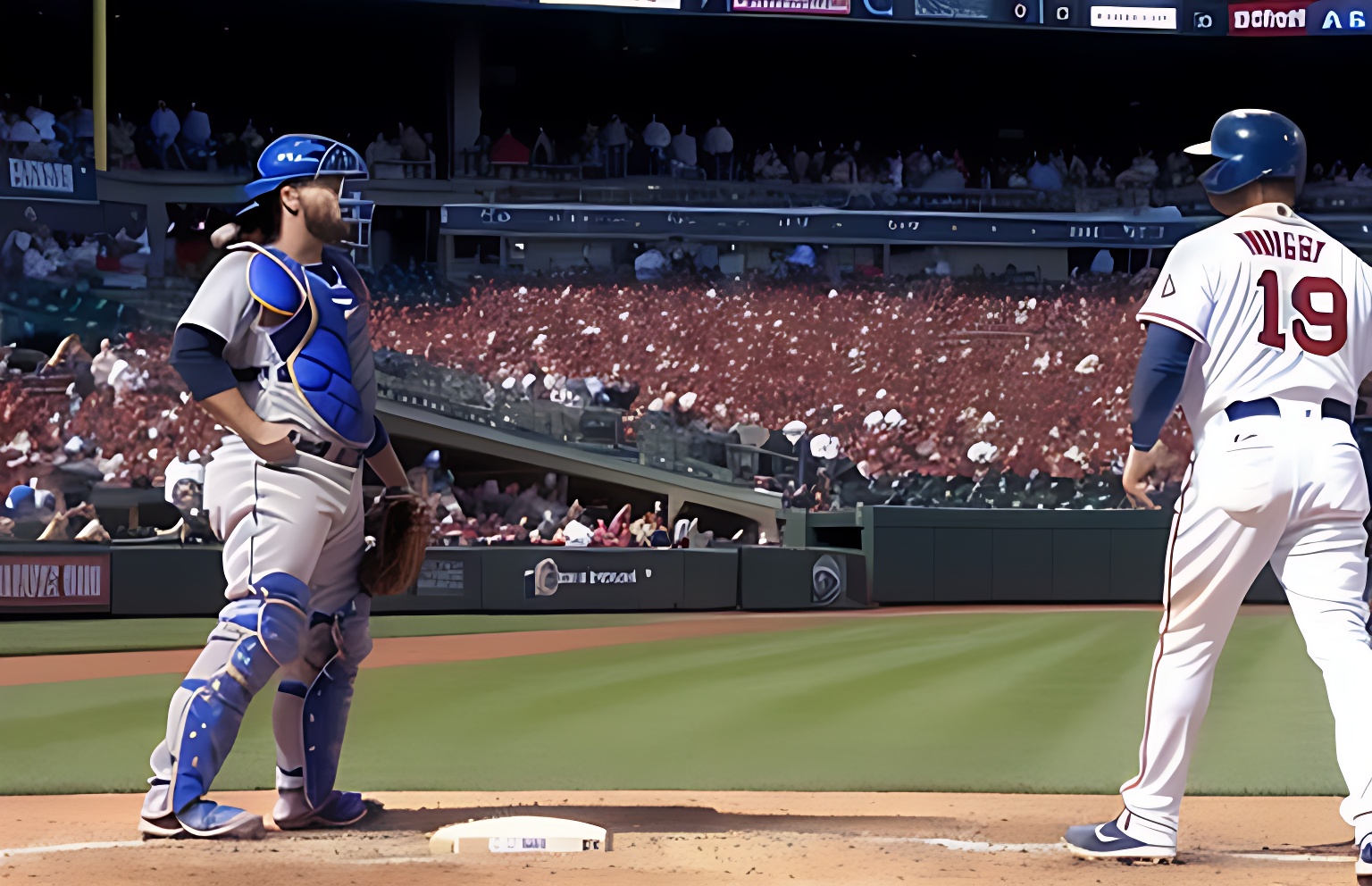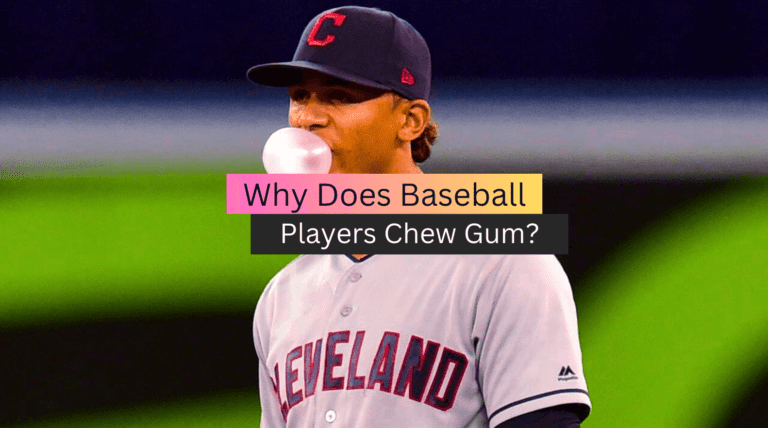What is the Mercy Rule in Baseball?
Are you curious about the mercy rule in baseball and how it affects the outcome of games? Picture this: One team dominating the field, leading by a substantial number of runs. That’s when the mercy rule comes into play, bringing the game to an early end. But what exactly does it entail?
In baseball, the mercy rule is implemented when a team is ahead by a significant margin, typically 10 or 15 runs, after a certain number of innings. Its purpose is to prevent the continuation of a game that has become largely one-sided, offering little opportunity for the trailing team to mount a comeback.
If you’ve ever wondered about the ins and outs of the mercy rule, you’re in the right place. In this article, we’ll delve deeper into its significance, the conditions for its application, and how it impacts the sport of baseball. Join us as we unravel the mystery behind the mercy rule and gain a comprehensive understanding of its role on the diamond.
What Is the Purpose of a Mercy Rule?
A mercy rule, also known as a slaughter rule or run rule, is a rule in sports that is intended to prevent excessive and unnecessary humiliation of one team by the other. The purpose of the mercy rule is to bring an end to a game that has already been decided, typically due to a significant point differential or a certain amount of time remaining in the game.
The mercy rule is often used in youth sports to protect young athletes from the negative psychological effects of a blowout game. It can be devastating for young players to continue playing a game that they know they have no chance of winning, and it can also be demoralizing for the winning team to continue piling on points against a clearly overmatched opponent.
In addition to protecting the mental and emotional well-being of young athletes, the mercy rule can also help to prevent injuries. When a game is clearly decided, there is a greater risk of players becoming careless or overly aggressive, which can lead to unnecessary injuries.
What Is the 10 Run Rule in Baseball?
The 10-run rule, also known as the mercy rule, is a rule in baseball that can be implemented to end a game early if one team is winning by a large margin. The rule applies to both amateur and professional baseball games, including Little League, high school, college, and Major League Baseball (MLB).
In most leagues, the 10-run rule is activated if one team is leading by 10 or more runs after a specified number of innings have been played. For example, in MLB, the rule is typically enforced after the seventh inning. This means that if a team is leading by 10 or more runs after the top of the seventh inning, the game is over, and the team with the lead is declared the winner.
The purpose of the 10-run rule is to prevent one team from unnecessarily prolonging a game that has already been decided. It also helps to prevent injuries, as the losing team may become demoralized and less focused, potentially increasing the risk of injuries.
While the 10-run rule may seem like a harsh way to end a game early, it is generally considered to be a fair way to conclude a game that has already been decided. It allows both teams to conserve their energy and resources for future games and helps to maintain the spirit of the game by promoting sportsmanship and fair play.
Is there a Mercy Rule in Major League Baseball?
Yes, there is a mercy rule in Major League Baseball, although it is not used in regular season games.
In the event of a game being particularly lopsided, with one team holding a substantial lead over the other, the umpires can invoke the “mercy rule” in exhibition or tournament games. This rule allows the game to be ended before the standard nine innings have been completed, thus sparing the losing team further humiliation.
The exact parameters of the mercy rule can vary depending on the level of play, but typically involve the game being ended once a certain number of innings have been completed and the losing team is behind by a certain number of runs. For example, in many youth leagues, a game might be called after four or five innings if one team is ahead by 10 or more runs.
In Major League Baseball, the mercy rule is most commonly used in spring training games or exhibition games, where the primary goal is to give players a chance to get into shape and work on their skills rather than to win at all costs. However, in regular season games, the outcome of the game is considered sacrosanct, and the mercy rule is not employed.
Is there a Mercy Rule in College Baseball?
Yes, there is a Mercy Rule in college baseball. The Mercy Rule is a rule that is in place to prevent blowouts in games where one team has an insurmountable lead over the other. The Mercy Rule allows the game to be ended early if a certain point differential is reached between the two teams.
In college baseball, the Mercy Rule is usually implemented if one team is leading by 10 runs or more after seven innings of play. If this occurs, the game is considered a completed game and is ended at that point. This rule is designed to prevent teams from running up the score and potentially embarrassing the losing team.
It’s important to note that not all levels of baseball have the Mercy Rule, and the specifics of the rule may vary depending on the league or organization. Additionally, some leagues may have different point differentials or inning thresholds for when the Mercy Rule is applied.
Is there a Mercy Rule in Little League Baseball?
Yes, there is a Mercy Rule in Little League Baseball. The Mercy Rule is a regulation that is designed to shorten the length of a game and to prevent an excessive score differential between the two teams.
In Little League Baseball, the Mercy Rule states that if a team is leading by 10 or more runs after four innings have been played, or if a team is leading by 15 or more runs after three innings, the game is considered over. The team that is leading is declared the winner.
The Mercy Rule is in place to prevent one team from completely dominating the other, which can be demoralizing for the losing team and can make the game less enjoyable for both teams and spectators. By ending the game early, the Mercy Rule allows the losing team to move on and focus on their next game, while also preventing the winning team from running up the score unnecessarily.
It is worth noting that the Mercy Rule is not universal across all levels of Little League Baseball, as each division and tournament may have its own specific rules and regulations. However, the Mercy Rule is a common feature of many Little League games and is generally considered a fair and reasonable way to ensure that games remain competitive and enjoyable for all involved.
Is there a Mercy Rule in High School Baseball?
Yes, there is a mercy rule in high school baseball. The mercy rule is a set of rules designed to end a game early if one team has established a significant lead over the other team. The purpose of the mercy rule is to prevent teams from running up the score and potentially humiliating their opponents.
The mercy rule in high school baseball varies depending on the state and the governing body that oversees high school athletics. In general, the mercy rule can be triggered if one team is leading by a certain number of runs after a certain number of innings have been played.
For example, in some states, the mercy rule may be triggered if a team is leading by 10 or more runs after 5 innings. In other states, the mercy rule may be triggered if a team is leading by 15 or more runs after 3 innings. It’s important to note that the mercy rule only applies to regulation games, which are typically 7 innings long.
If the mercy rule is triggered, the game will end immediately, and the team with the lead will be declared the winner. This can be disappointing for both teams, as the winning team may feel like they didn’t get to play a full game, while the losing team may feel like they didn’t have a chance to come back and make a comeback. However, the mercy rule is an important part of high school baseball, as it helps to ensure fair play and sportsmanship on the field.
Would MLB Ever Implement a Mercy Rule?
A Mercy Rule is a rule that is implemented in sports when one team is leading by a significant margin, usually by a predetermined amount of points or runs, to prevent further humiliation of the losing team and to expedite the end of the game.
The implementation of a Mercy Rule in Major League Baseball (MLB) has been a topic of discussion for many years, but it has not been officially implemented in any professional baseball league in the world.
Opponents of a Mercy Rule argue that baseball is a game of strategy and that allowing teams to come back from a large deficit is part of the sport’s tradition and excitement. Supporters of a Mercy Rule argue that it would prevent the winning team from running up the score and would help protect players’ health and safety by shortening games that have already been decided.
MLB has experimented with various rule changes in recent years to speed up the pace of play, such as limiting mound visits and implementing a pitch clock. However, the league has not shown any interest in implementing a Mercy Rule at the professional level.
How many innings is the mercy rule?
The mercy rule, also known as the slaughter rule, is a rule in various sports, including baseball and softball, that allows for early termination of the game if one team has a substantial lead over the other. The purpose of the mercy rule is to prevent a lopsided game from continuing unnecessarily and to minimize the risk of injury or embarrassment to the losing team.
In baseball, the mercy rule is typically invoked when a team is ahead by 10 or more runs after a certain number of innings have been played. The exact number of innings required for the mercy rule to take effect can vary depending on the level of play and the league’s rules. For example, in high school baseball in the United States, the mercy rule is usually applied after five innings if one team is ahead by 10 or more runs.
Conclusion
In conclusion, The Mercy Rule, also known as the “run rule,” is a regulation in baseball that allows for the game to end early if one team has a significant lead over the other. In most cases, if a team is ahead by a certain number of runs after a specified number of innings, the game will be called, and the team in the lead will be declared the winner. The Mercy Rule is intended to prevent one team from excessively running up the score and prolonging the game, especially in youth leagues where there may be a significant skill gap between teams.
FAQs
What is the mercy rule in MLB?
The mercy rule in Major League Baseball (MLB) is a rule that allows a game to end early if one team has a large enough lead over the other team. The rule states that if a team is ahead by at least 10 runs after the 7th inning, or 15 runs after the 5th inning, the game will be called and declared over.
How many points is the mercy rule in baseball?
The mercy rule in baseball is not defined by a specific number of points. Instead, it is a rule that allows the game to be called if one team has a significant lead over the other, typically 10 runs or more after a certain number of innings have been played.
What happens if there are 15 runs after 3 innings?
If there have been 15 runs scored after 3 innings in a baseball game, it means that both teams have collectively scored a total of 15 runs. This indicates a high-scoring game and suggests that the rest of the game may also involve a lot of scoring opportunities for both teams.
What are the max innings in baseball?
In professional baseball, the maximum number of innings in a game is technically unlimited. However, most games are scheduled for nine innings, and if the game is tied after nine innings, extra innings are played until a winner is determined.







